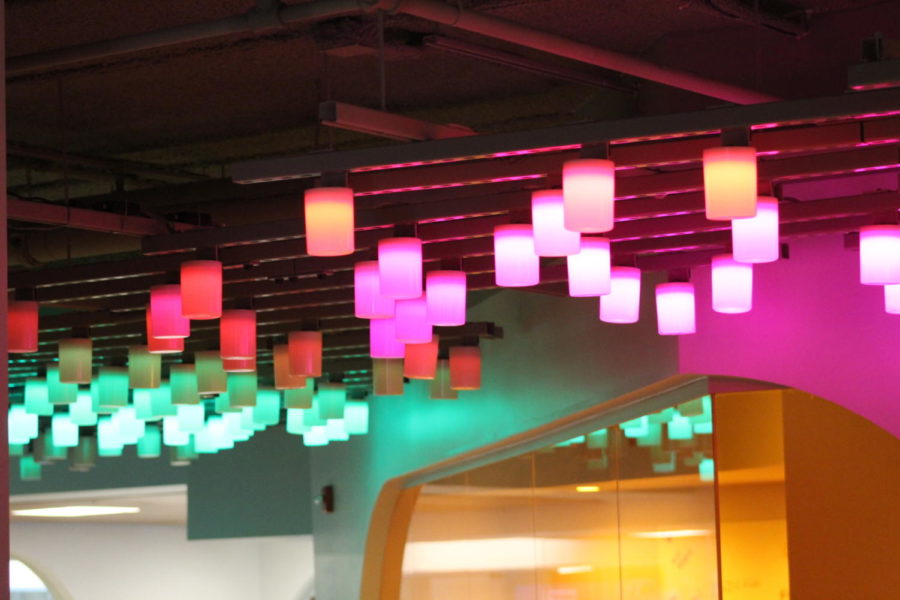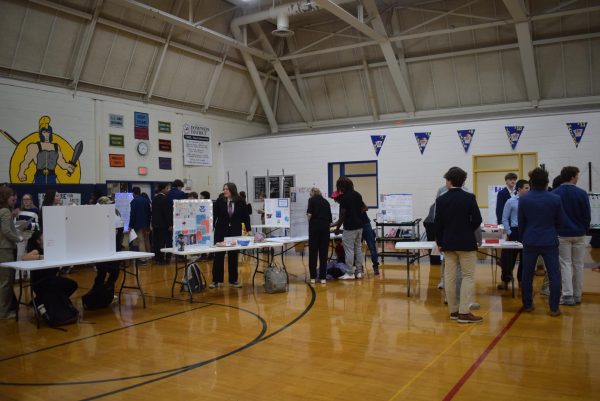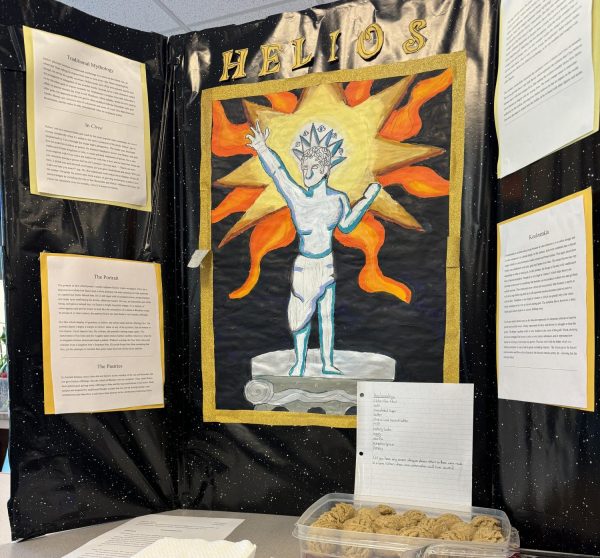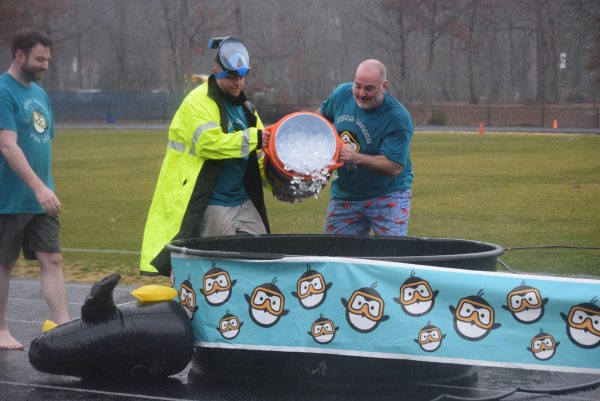STEM education impacts the future
VA STEM and the Science Museum of Virginia
Science Museum of Virginia, located in the heart of Richmond, teamed up with Virginia STEM, and Chesterfield County Schools, to provide further education to students interested in science, technology, engineering and mathematics. The museum seeks to enrich the Richmond community with knowledge regarding science and other STEM goals. The Virginia STEM program, active in Chesterfield County Public Schools as well as other school systems around the Richmond area, motivates students to innovate and introduce fresh ideas to the STEM community. STEM is crucial to the education of young students because it inspires them to explore job opportunities that show appreciation to science, technology, engineering, and math. These specific fields are important in the mechanics of modern society. The Science Museum of Virginia and the STEM program plan to spark interest in developing pupils to consider these focused careers.
The Science Museum of Virginia displays exhibits demonstrating the different aspects of science that make everyday activities possible. Upon first entering the museum, a large pendulum that swings back and forth, knocking over pegs every half hour, welcomes guests. This attraction mimics the constant rotation of the Earth and demonstrates how the motion of the planet can be represented on Earth’s crust.
Various topic rooms, spread across the three floors available to guests, house other significant features as well, such as one of these showrooms entitled, Speed. The Speed exhibit showcases different variations of velocity with a multitude of activities for all ages. It informs viewers about the speed of light and sound, providing visual examples of how speed affects the everyday life of humans. One attraction provides a track, where four participants race one another, recording each participant’s speed. Another feature of Speed contains a baseball cage, where participants calculate the maximum speed at which they can pitch a baseball. Here, spectators learn that the average inexperienced pitcher can pitch a ball at around 35-40 miles per hour, while Aroldis Chapman, who pitched at 105 miles per hour, holds the world record. Exhibits like these connect science to the real world, which encourages young students to grow increasingly interested in science explorations.
Other showrooms in the museum include: Boost!, Science Unplugged, and Green Science. The Boost! exhibit puts participants to the test by analyzing humans’ capacity of memory, investigating creativity, and assessing strength, through various activities. The Science Unplugged showroom appeals to those inquiring about the logic behind architecture. Science Unplugged provides opportunities for visitors to build, reconstruct, and experiment with systematic approaches to exercise engineering and technological skills. The Green Science exhibit educates guests about the important functions of green energy by tracking global energy consumption and through the study of the environment.
Visiting the Science Museum of Virginia is an easy and fun way to get involved in the science community. Midlo Science teacher Mrs. Dipali Patel expressed the importance of STEM education to her students, saying, “In the 21st century, our general well-being depends on it. Often, our understanding of science leads to inventions which cannot be created without incorporating math and engineering or the technology to execute the research.” Mrs. Patel also encourages her students to explore science in the everyday world. She stated, “I want my students to have real-life based experiences that are practical and represent what today’s working market demands.”
Other Midlo science teachers also recognize the importance of science, technology, engineering, and math in the real world. Mrs. Laurie Costello shared, “STEM education is important for students because it teaches them to problem-solve creatively. The four areas of STEM are important in fostering advances in society, as well as preparing our students to be competitive in a global economy.”
For more information about careers and programs with STEM-focused characteristics, or how to get involved with science-focused activities, contact the College and Career Center.








